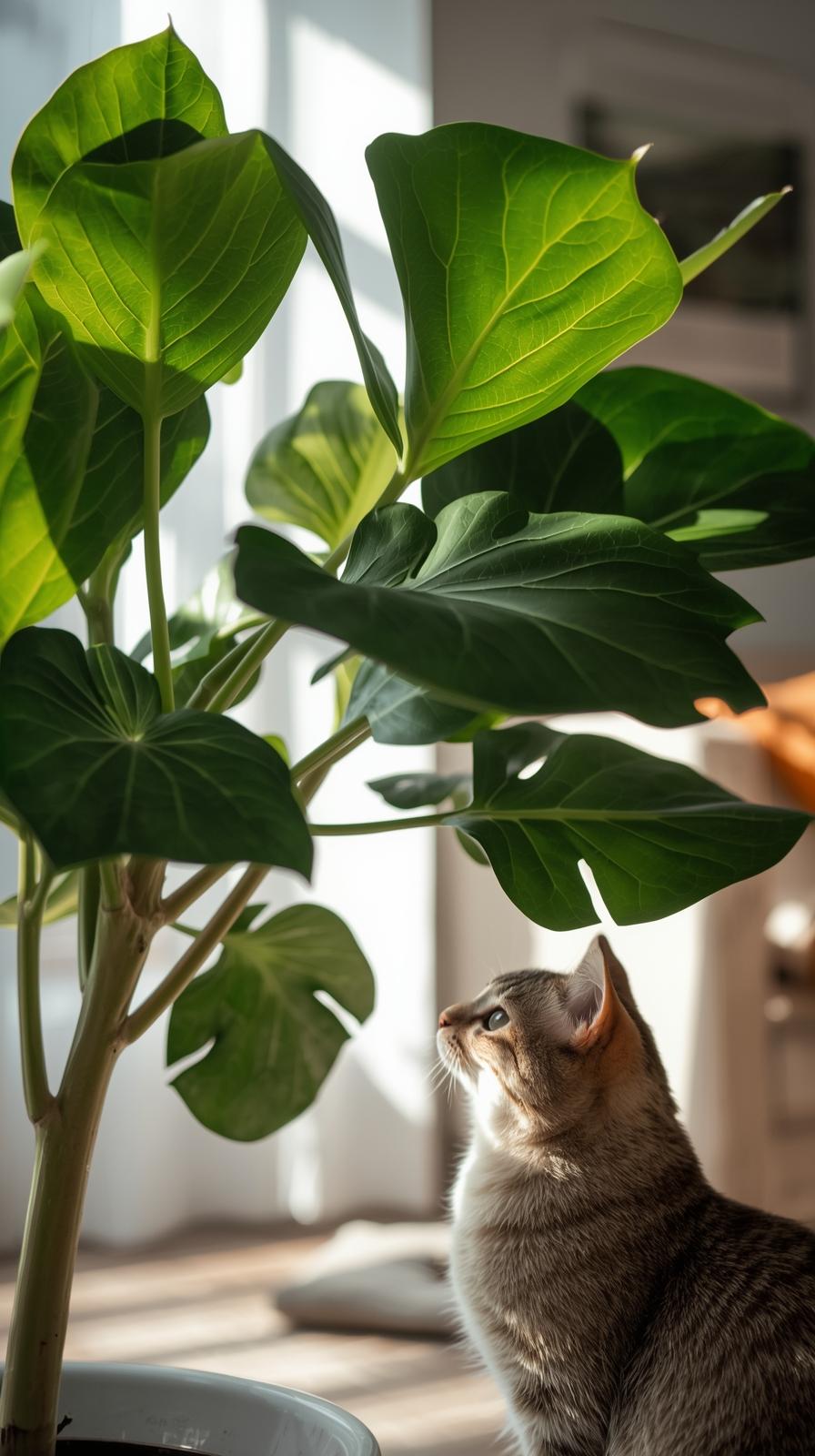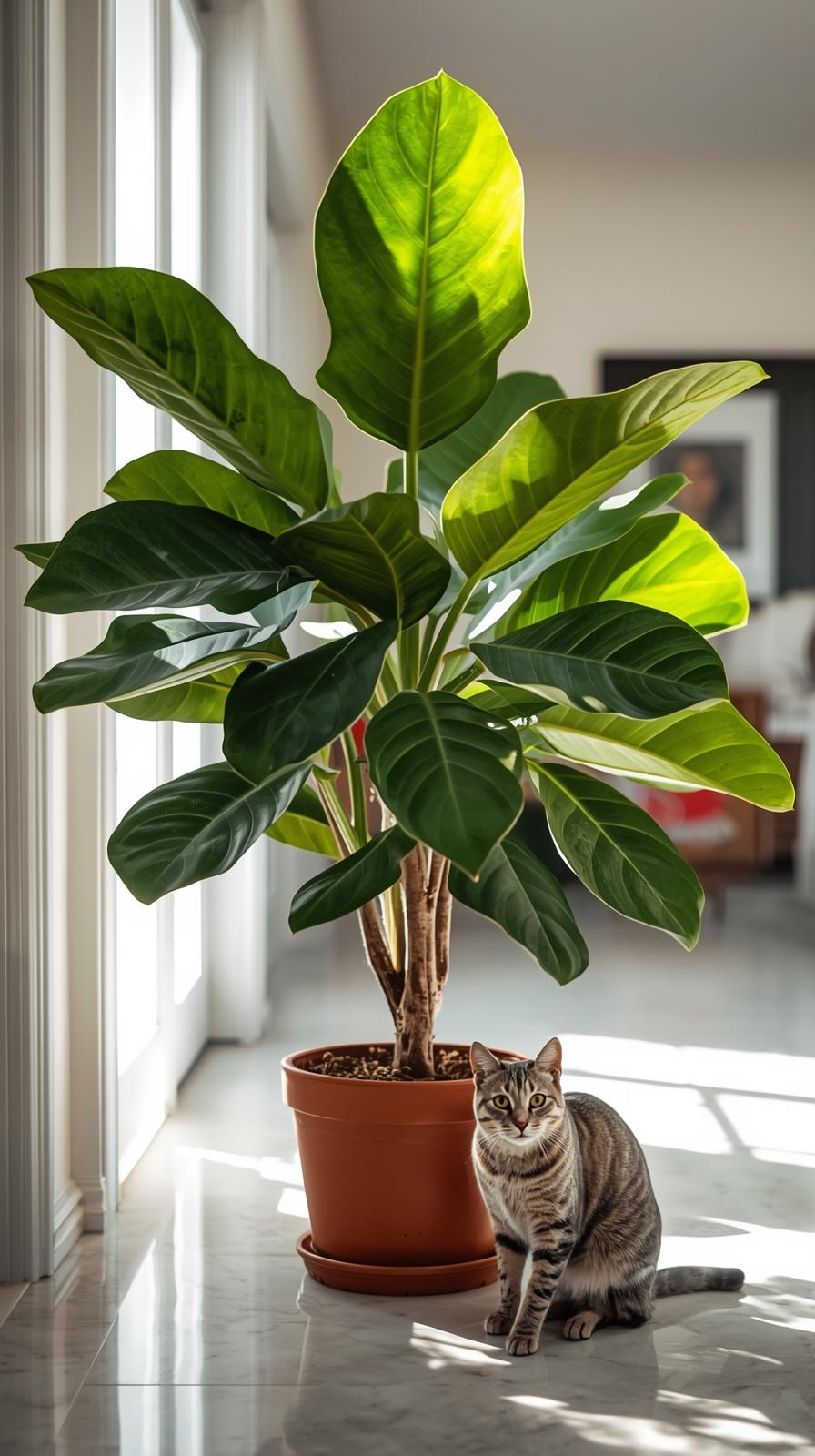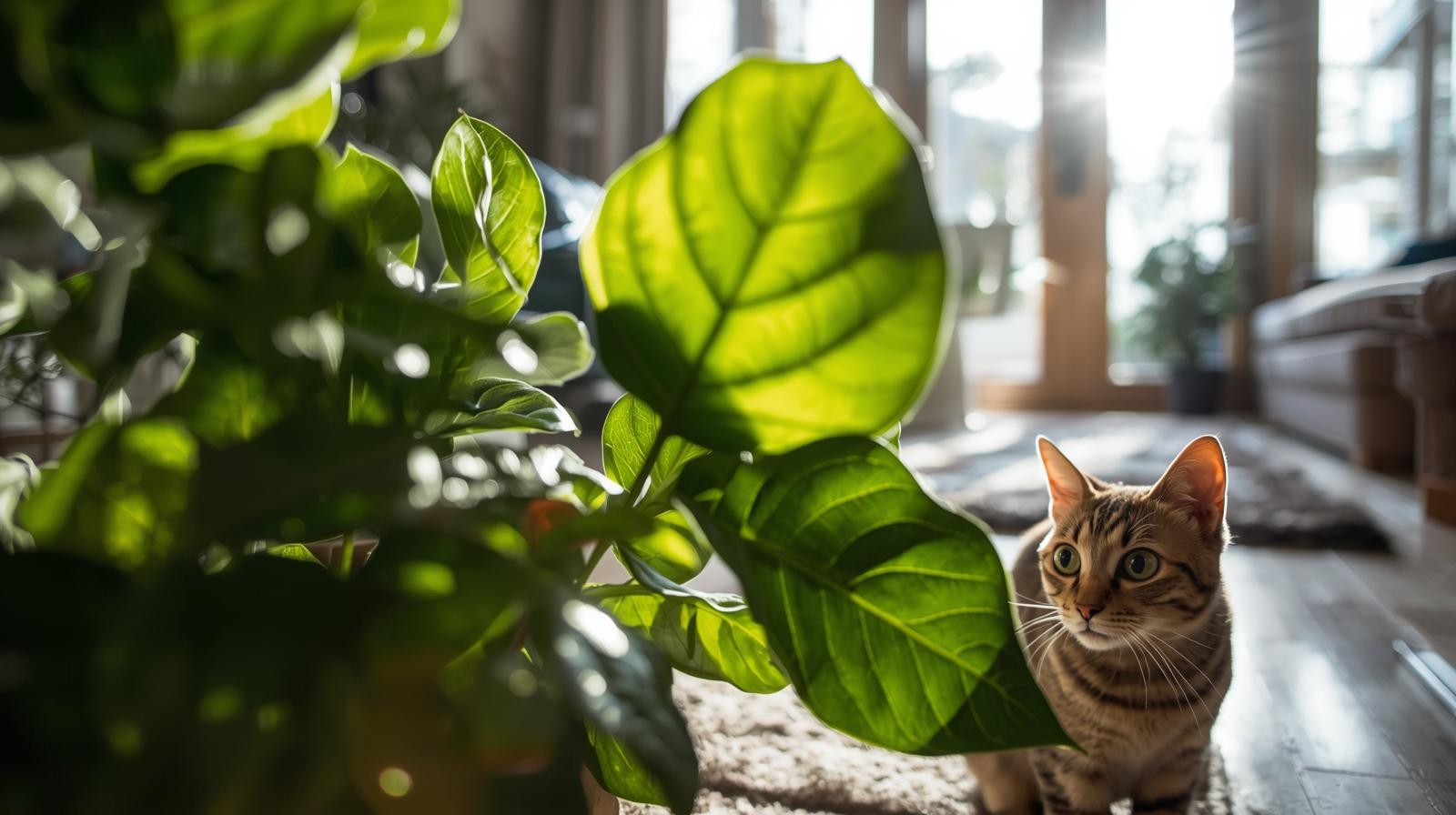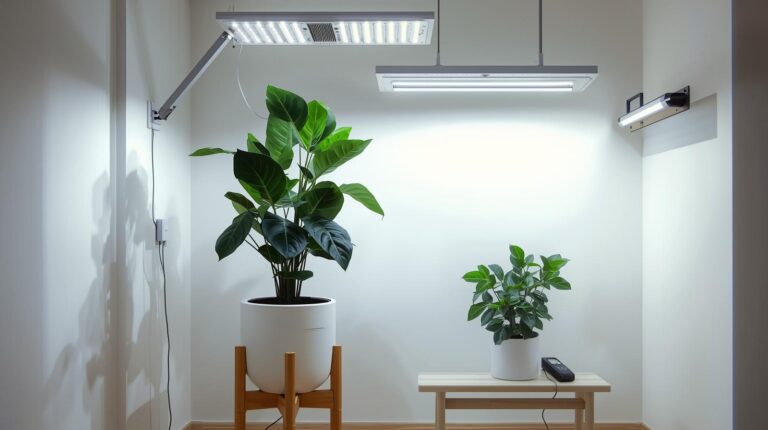Houseplants bring beauty, cleaner air, and a sense of calm to any home—but they can also pose hidden dangers to our pets. One of the most commonly asked questions among both plant lovers and cat owners is, “Are fiddle leaf figs safe for cats?” Unfortunately, the answer is no. While the fiddle leaf fig (Ficus lyrata) is prized for its large glossy leaves and sculptural presence, it is toxic to cats if ingested.
This article dives into exactly why fiddle leaf figs pose risks, the symptoms to watch for, how to keep your cat safe, and safe alternative plants that bring greenery into your home without endangering your pets.
Why Fiddle Leaf Figs Are Toxic

Fiddle leaf figs belong to the Ficus family, which contains a sap-like substance rich in calcium oxalate crystals. These microscopic needle-shaped crystals act as a natural defense mechanism for the plant. When a cat bites into the leaves or stems:
-
The crystals puncture soft tissues in the mouth and throat.
-
This leads to immediate discomfort such as burning, drooling, and irritation.
-
If swallowed, they can extend to the gastrointestinal tract, triggering vomiting and decreased appetite.
Veterinary toxicologists classify fiddle leaf figs as mild-to-moderately toxic to cats. While most exposures are not fatal, they cause significant distress and can lead to complications, especially if your cat consumes large amounts or is already unwell.
Signs Your Cat Has Chewed a Fiddle Leaf Fig
Because cats are naturally curious, many will nibble on houseplants. If your cat gets into your fiddle leaf fig, watch for these common symptoms:
-
Excessive drooling or pawing at the mouth
-
Swollen lips, tongue, or gums
-
Coughing or gagging
-
Mild to severe vomiting
-
Reduced appetite
-
Diarrhea in some cases
-
Signs of abdominal pain (restlessness, reluctance to be touched)
In rare cases, swelling in the throat could interfere with breathing. If you notice persistent vomiting, excessive swelling, or labored breathing, seek emergency veterinary care immediately.
What to Do If Your Cat Eats Fiddle Leaf Fig
Time matters when it comes to toxin exposure. If you suspect or see your cat chewing on a fiddle leaf fig, here are the immediate steps to take:
-
Remove Access
Take your cat away from the plant and move the fiddle leaf fig out of reach. -
Rinse the Mouth
Gently wipe or rinse their mouth with a damp cloth to remove plant residue. -
Check for Symptoms
Watch for drooling, vomiting, or signs of throat irritation. -
Call Your Vet
Contact your veterinarian or the ASPCA Animal Poison Control Center (available 24/7). -
Bring Plant Evidence
If a vet visit is needed, bring a leaf sample or photo of the plant to confirm the cause.
Most mild cases require only supportive care at home, such as keeping your cat hydrated and monitoring symptoms. More severe cases may need IV fluids, anti-nausea medications, or monitoring at a clinic.
How to Cat-Proof Your Fiddle Leaf Fig

If you can’t part with your fiddle leaf fig, you can still minimize risk with careful planning:
-
Place Plants Out of Reach: Keep them on high shelves or rooms cats can’t access.
-
Use Barriers: Decorative fencing, plant covers, or terrariums can help.
-
Train with Deterrents: Citrus spray or pet-safe repellents discourage chewing.
-
Offer Cat Alternatives: Provide safe “chewable” plants like cat grass so your cat’s natural curiosity has an outlet.
Remember that some cats are climbers, so placement alone may not be foolproof. Combining strategies is the best protection.
Safe Alternatives to Fiddle Leaf Figs
Pet owners don’t have to sacrifice greenery for safety. Here are cat-friendly alternatives that bring the same lush aesthetic without risk:
-
Areca Palm (Dypsis lutescens) – Bright and tropical, safe for cats.
-
Parlor Palm (Chamaedorea elegans) – Low light tolerant and pet-friendly.
-
Calathea (Prayer plants) – Vibrant patterns, entirely non-toxic.
-
Spider Plant (Chlorophytum comosum) – Hardy and beloved by cats (though they may nibble).
-
Bamboo Palm (Chamaedorea seifrizii) – A tall option similar in look to fiddle leaf figs.
These options allow you to enjoy lush houseplants without compromising your cat’s health.
Why Cats Are Drawn to Plants
Understanding why cats chew houseplants helps owners prevent accidents. Common drivers include:
-
Curiosity: Cats are natural explorers who investigate with their mouths.
-
Dietary Fiber: Some cats instinctively chew plants to aid digestion.
-
Boredom: Without stimulation, cats may turn to your greenery as entertainment.
-
Sensory Enrichment: The texture and movement of leaves attract feline interest.
Offering enrichment like cat grass, toys, and scratching posts can redirect this natural behavior safely.
Final Thoughts: Balancing Plants and Pet Safety
Fiddle leaf figs are undeniably beautiful plants, but they pose a real risk to curious cats. While ingestion is rarely fatal, it causes significant discomfort and can escalate if untreated. As a pet parent, your priority should be prevention: either remove toxic plants from your home or set up strong deterrents.
The good news is, you don’t have to choose between a lively indoor jungle and your cat’s safety. With a little awareness and planning, you can create a pet-friendly space that nurtures both your plants and your feline companion.
Keeping informed about plant toxicity isn’t just smart—it’s an act of love for your pet.



